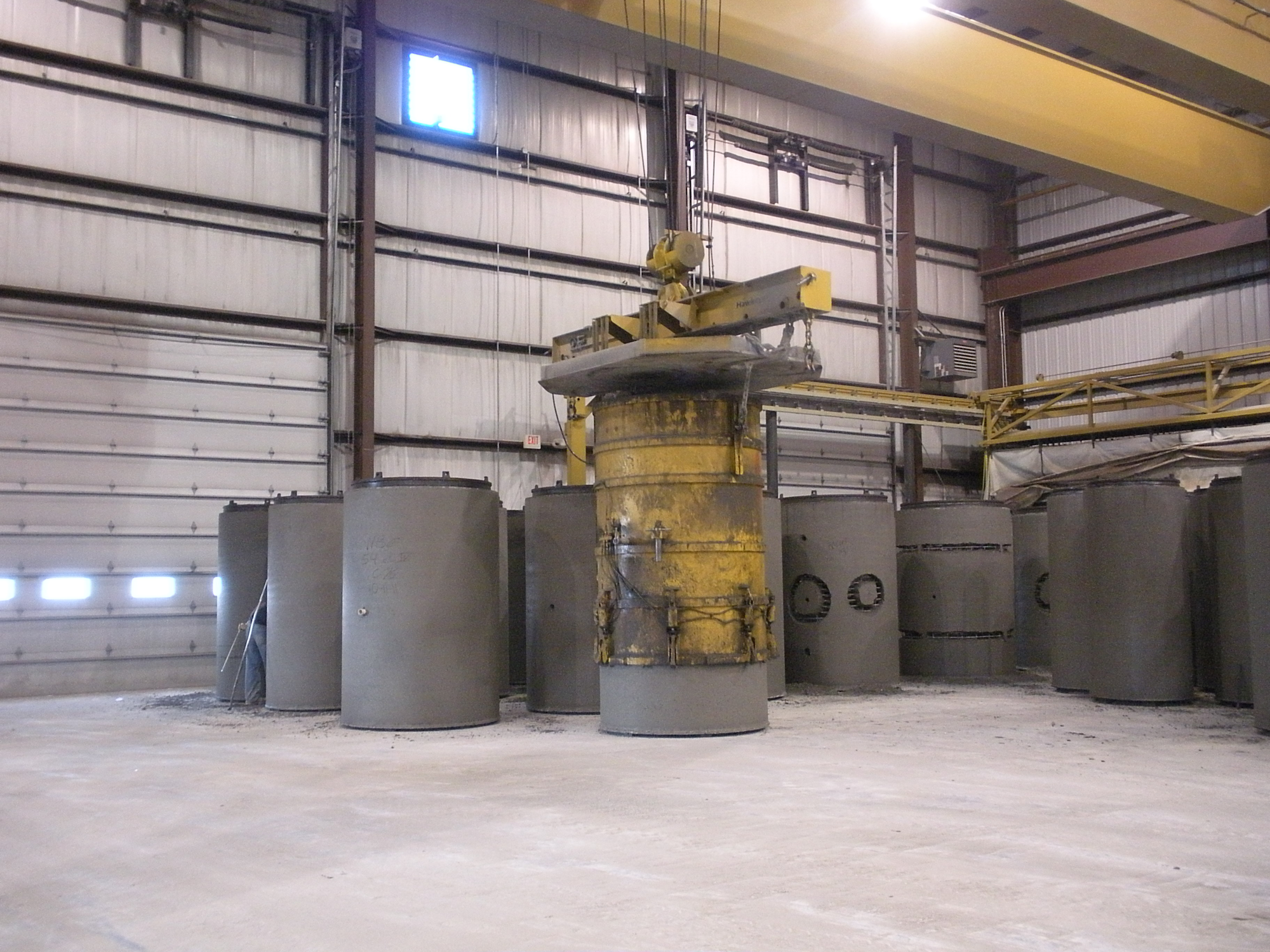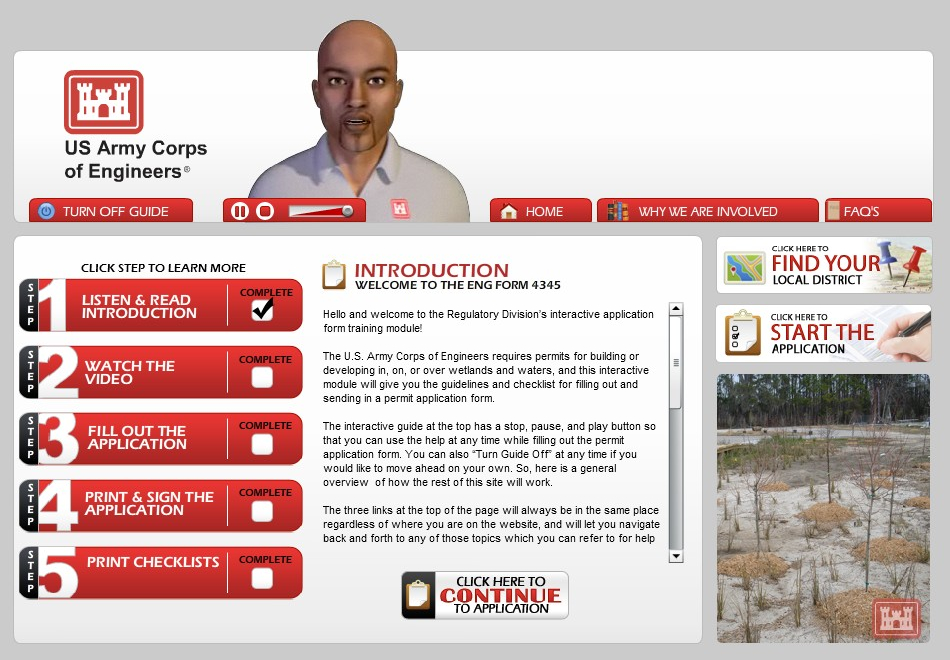According to a recently released Latham & Watkins Client Alert Commentary, the US Environmental Protection Agency (EPA) and the U.S. Army Corps of Engineers (Corps) jointly released a proposed rule on March 25, 2014, which would represent the most sweeping change in a generation to the rules governing federal Clean Water Act (CWA) jurisdiction.
Based on information presented in the commentary, it appears this new rule would expand the definition of "waters of the U.S." which would result in extending the jurisdiction of the Corps to areas not now regulated by this agency. The need for proposing this new rule has been explained by both agencies as necessary to, according to their press release, "clarify protection under the Clean Water Act for streams and wetlands."
The pre-publication version of the new rule (which is at this point a 370-page document) states:
Under the proposed first section of the regulation, section (a), the agencies propose to define the “waters of the United States” for all sections (including sections 301, 311, 401, 402, 404) of the CWA to mean:
• All waters which are currently used, were used in the past, or may be susceptible to use in interstate or foreign commerce, including all waters which are subject to the ebb and flow of the tide;
• All interstate waters, including interstate wetlands;
• The territorial seas;
• All impoundments of a traditional navigable water, interstate water, the territorial seas or a tributary;
• All tributaries of a traditional navigable water, interstate water, the territorial seas or impoundment;
• All waters, including wetlands, adjacent to a traditional navigable water, interstate water, the territorial seas, impoundment or tributary; and
• On a case-specific basis, other waters, including wetlands, provided that those waters alone, or in combination with other similarly situated waters, including wetlands, located in the same region, have a significant nexus to a traditional navigable water, interstate water or the territorial seas.
After reading through the pre-publication version and the Client Alert Commentary mentioned above, you might be left wondering just what area through which water can flow would not potentially be subject to the Corps jurisdiction. The proposed rule offers these exceptions:
- Waste treatment systems, including treatment ponds or lagoons, designed to meet the requirements of the Clean Water Act.
- Prior converted cropland. Notwithstanding the determination of an area’s status as prior converted cropland by any other federal agency, for the purposes of the Clean Water Act the final authority regarding Clean Water Act jurisdiction remains with EPA.
- Ditches that are excavated wholly in uplands, drain only uplands, and have less than perennial flow.
- Ditches that do not contribute flow, either directly or through another water, to a traditional navigable water, interstate water, the territorial seas or an impoundment of a jurisdictional water.
- The following features:
- artificially irrigated areas that would revert to upland should application of irrigation water to that area cease;
- artificial lakes or ponds created by excavating and/or diking dry land and used exclusively for such purposes as stock watering, irrigation, settling basins, or rice growing;
- artificial reflecting pools or swimming pools created by excavating and/or diking dry land;
- small ornamental waters created by excavating and/or diking dry land for primarily aesthetic reasons;
- water-filled depressions created incidental to construction activity;
- groundwater, including groundwater drained through subsurface drainage systems; and
- gullies and rills and non-wetland swales.
The reactions I've read to this proposed rule have been mixed. Some people in the industry are understandably concerned by what they believe to be an expansion of powers by both agencies and by the impacts the rule may have on project timelines and costs. Kevin Kelly, president of the National Association of Home Builders was quoted in the Wall Street Journal as saying, "EPA has added just about everything into its jurisdiction by expanding the definition of a 'tributary,' " However environmental groups have stated this proposed rule does not extend either agency's jurisdiction or regulation over any waters not currently covered by the Clean Water Act.
I would encourage everyone to perform their own review of the proposed rule and related literature and discuss it with the legal counsel for your agency, and then to comment once the proposed rule is officially published. Below are just a few links with additional information:
EPA Waters of the U.S. Website
Wall Street Journal Article: EPA, Army Corps Propose New Rules Limiting Discharges



